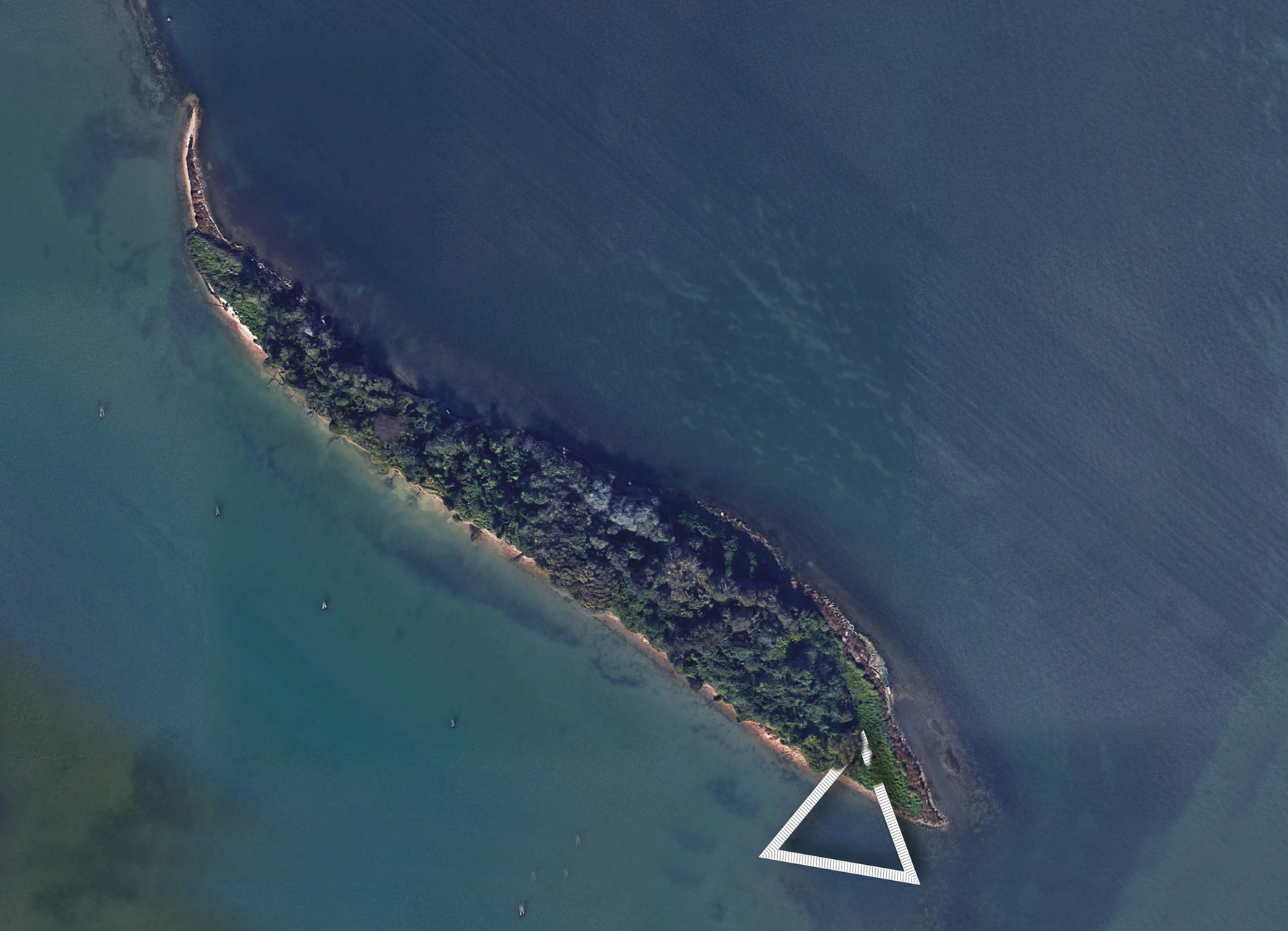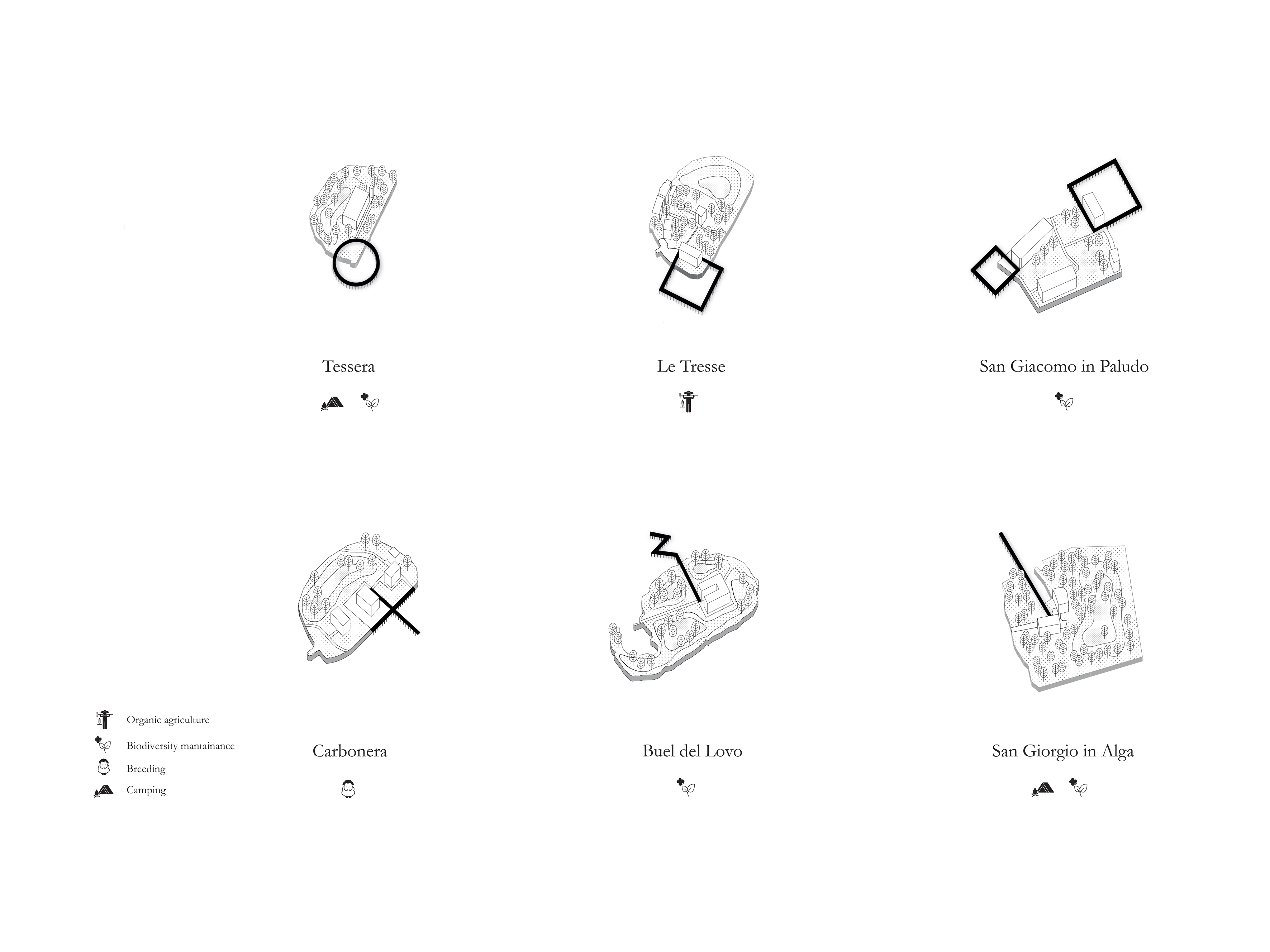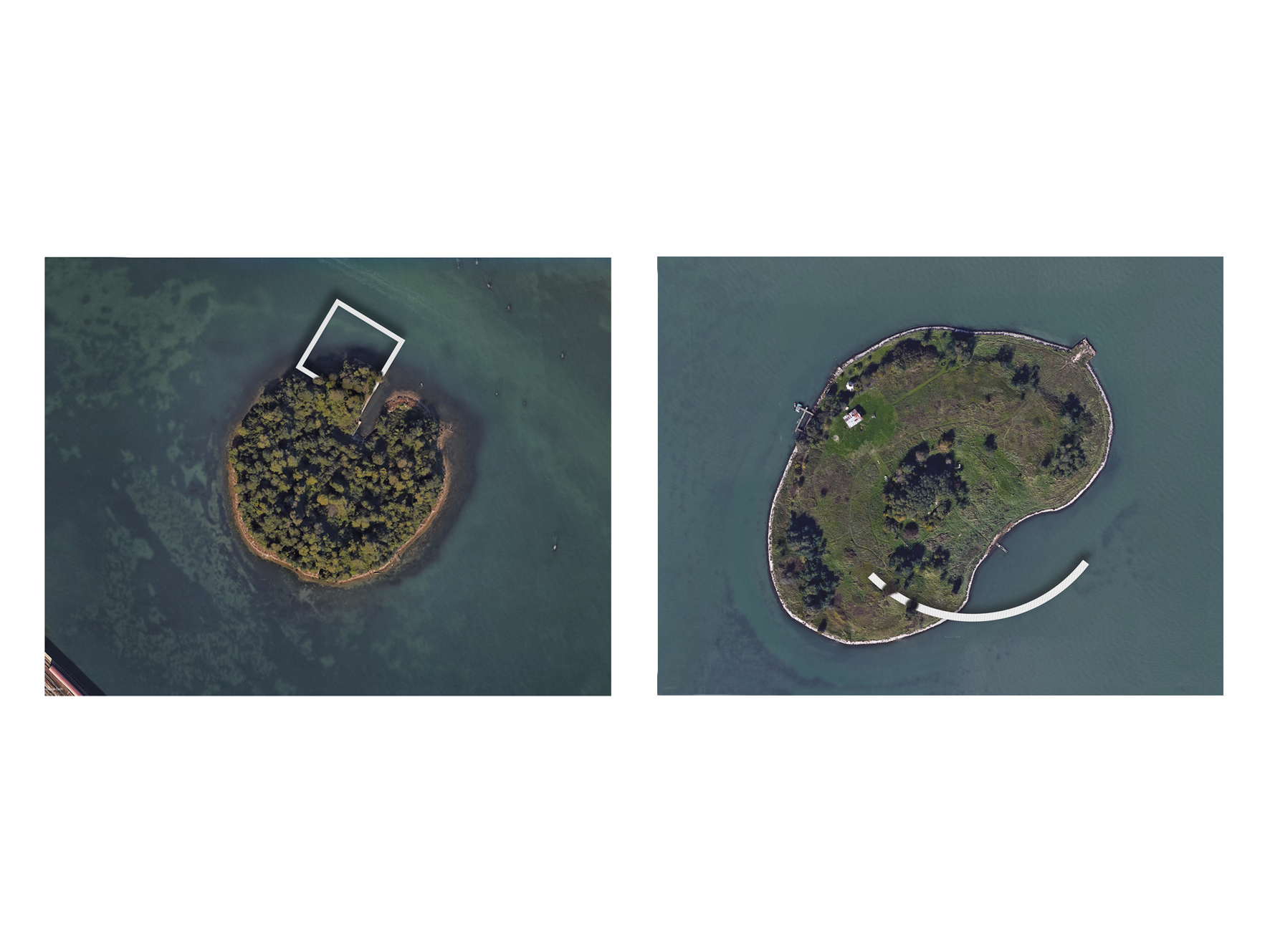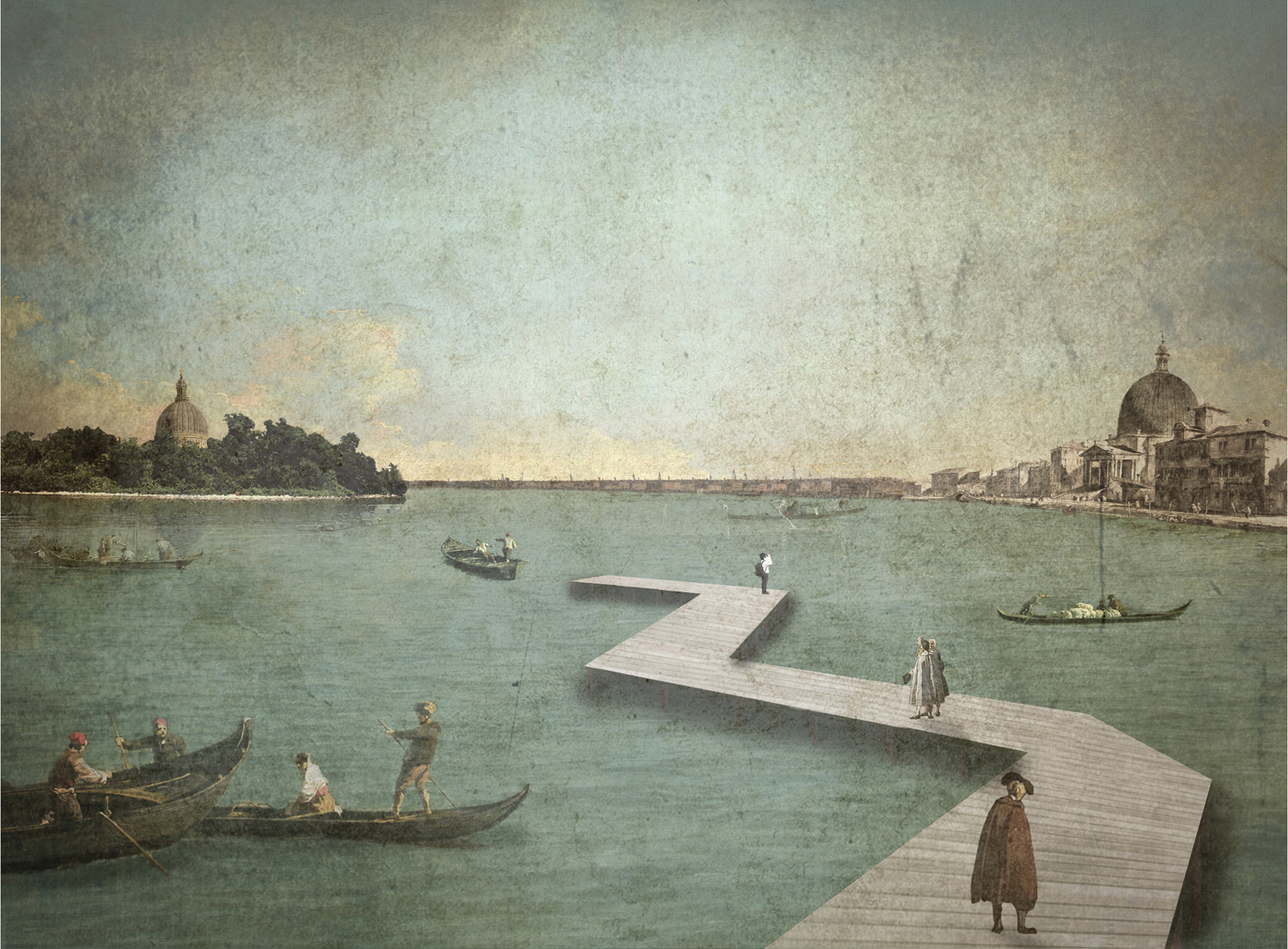






Client
Holcim Awards
Title
Islands of possibilities. Elementary piers
Location
Venice
Designer
Laura Cipriani
Design collaborators
Gianluca Carlesso, Davide Casani, Marco Presta, Virna Rossetto, Davide Tassera
Category
architecture, competition, landscapeAbout This Project
The islands of the Venice lagoon have been abandoned for a long time. The city of Venice absorbs and concentrates tourist flows and economic resources whereas the islands and borderlands are today little known and poorly connected. The “Lagoon Park” institution has recently been abolished by the City of Venice. The islands are being sold to private enterprises and people are progressively losing an inestimable patrimony made of military forts, monasteries, ancient remains.
The project starts from the belief that the landscape is not only an environmental resource but also that it can become an economic resource, a resource to be cultivated. The strategy adopted involves a minimal project of lagoon exploration, characterized by minimal interventions and costs and bringing economic, environmental and social benefits in the long term.
MINIMAL DESIGN
The project on the lagoon and the islands is meant to be minimal, simple, flexible, and to be followed by a program of small targeted interventions. The project envisions four phases: 1. the knowledge project; 2. the construction of elementary piers; 3. the project of connections; 4. the establishment of temporary activities in the islands.
- The KNOWLEDGE PROJECT is thought to promote knowledge of the islands to people (local population and tourists). The research project was initially undertaken in an academic studio at the Iuav University (Prof. Cipriani) and later on it was developed in a series of participatory workshops, seminars and temporary installations with the involvement of local communities and students. Dissemination activities had already started and the book “Islands of possibilities” is in phase of publishing.
- The construction of ELEMENTARY PIERS will provide safe and easy access the islands. The wooden piers – shaped as elementary forms – can be adapted and placed in any abandoned island of the lagoon. Initially, the piers will be built in the islands that are located next to the mainland borders and that were used as military forts: San Giuliano, San Secondo, Campalto, Tessera, San Giorgio in Alga, San Giacomo in Paludo, Buel del Lovo, Sant’Angelo, Carbonera, Le Tresse. The first elementary pier will be constructed in the island of San Secondo. If the project will prove to be successful, the piers will be constructed in the other islands. The construction of the piers will involve local communities and NGOs. Funds for construction will be obtained through crowdfunding and through a limited public investment (e.g. City of Venice, UNESCO, EU projects).
- The PROJECT OF CONNECTIONS will allow to easily access the islands by boat through planned thematic itineraries. Fort Marghera, Pellestrina and Cavallino have been identified as the three points of access to the lagoon routes. The first itinerary to be developed will consider the defensive system of “fortress-islands” which protected Venice from attack from the sea and land.
- TEMPORARY USES will ensure the maintenance and use of the islands. Today, the majority of islands are mostly inaccessible since they are occupied by brambles and by uncontrolled vegetation without any maintained path. Islands will be given in charge to independent associations and NGOs that will be responsible for the maintenance of the piers and for planning temporary uses (e.g. vegetation will be “cut” at zero cost by sheep; some islands will be temporarily used for agricultural purposes; one island will be used as a camping site).


